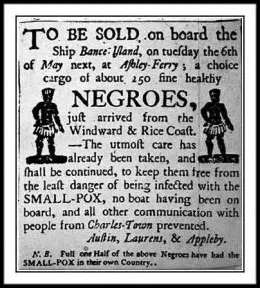Gaelic Psalm singing_Hymn-Lining
Sardis Primitive Baptist Church,Hillard,Fla.1997_Hymn Lining
Feis Saturday Gaelic Hymn Lining Workshop,Edinburgh,Scotland
What is the common thread in all of the photo's?
~HYMN-LINING_AN ART FORM OF MUSIC ~
As a child growing up in East Texas,going to church on Sunday morning was a given.I was the Sunday School Secretary,loved visiting with friends,being polite to Elders and enjoying the singing.My Mother played piano and organ,my brother and I sang in the choir_and my Grandmother sometimes led the church_St Andrews AME Church,Crockett,Texas_ in the singing of hymns.She'd outline the song_(speak the words )then the congregation would sing in a-cappella form.Little did I know that I was part of a tradition that African-Americans had been doing since slavery_Hymn-Lining.
Fast forward,today! I saw this video on Hymn-Lining where an 86 year old gentleman_Mr.Troy Demps_ works hard to preserve that African-American tradition.Watch the video here:
http://screen.yahoo.com/hymn-lining-disappearing-african-american-182216113.html
Well,I didn't know that it was called Hymn-Lining and always thought is was an African -American tradition.But wait!...my curiosity bug kicked in and I was amazed at what I learned.My Irish/German/Scottish husband always says_"We are All One Tribe in this Universe"!I think he's right.
~History of Hymn-Lining~
The practice of lined-out psalmody was first documented in England by the Westminster Assembly in 1644.The problem was many church members could NOT read.So a psalter read the song line for line_then the members sang.With the advent of more people able to read and more hymnals available in print the practice died out.The biggest culprit was the "Gentrification"(Elitist) of British Society(late 18th cen.)_along with dissolving church bands,dancing,festivals,etc..
The practice however became the norm in English Dissenting churches of all levels and American churches even after hymnals became available.
Lining out became prevalent in the 17th century both in Great Britain and America, gradually developing a distinctive style characterized by a slow, drawn-out "heterophonic" and often profusely ornamented melody,while a clerk or precentor (song leader) chanted the text line by line before it was sung by the congregation. Though attacked by musical reformers as uncouth, it has survived to the present among some communities and contexts, including the Gaelic psalmody on Lewis,the Old Regular Baptists of the southern Appalachians (U.S.A.) and for informal worship in many African-Americans congregations.
Lining out was in most places replaced by "regular singing". There began to be "singing societies" of young men who met one evening a week to rehearse. As time went on, a section of the church was allocated for these trained voices to sit together as a choir, and churches voted to end the lining out system.
In the churches of the American South lining out still continues today.It's a tradtion that started during Slavery because African-Americans were not allowed to read...or any education for that matter! So,slaves were allowed to white churches,memorize the hymns,take it back to their communities ,add drums,praise dancing,etc.This practice became known as "Dr.Watts Hymn Singing"_an historical irony given Watts' disapproval of the practice. Primitive Baptist or Regular Baptist churches still line-out song.
Some Presbyterian churches in Scotland also still do lining out, though often now in a restricted context, with other hymns being accompanied and not lined out. The practice is now more common in Gaelic Psalm singing than in English, and indeed is often considered a characteristic of Gaelic culture.The Isle of Lewis is where most_lining out_ is practiced on a regular basis.
Here's some examples of Hymn-Lining:
Other Source: http://www.allmusic.com/album/scottish-tradition-vol-6-gaelic-psalms-from-lewis-mw0000056659
Great Source: http://www.digplanet.com/wiki/Old_Regular_Baptists
Well,folks_I just had Church here at my computer_Thursday February 21,2013_while typing_listening to I am a "Poor Pilgrim of Sorrow" Lined-out by: Kentucky Old Regular Baptists Sing "I Am A Poor Pilgrim Of Sorrow." 1993 on You Tube! Just goes to show we are all "One Tribe"!
Peace Out...time to get ready for March!I shall
~"Keep Calm and get My Irish On"~





































